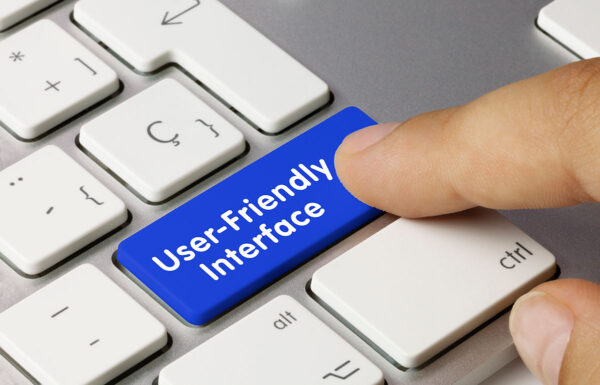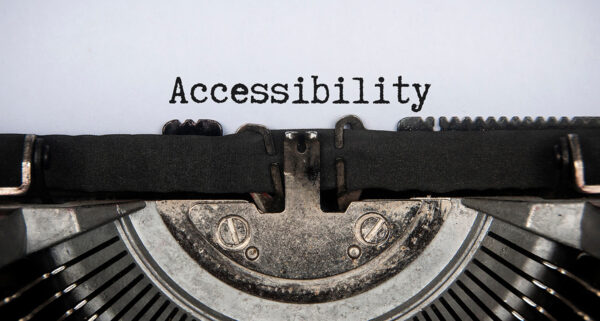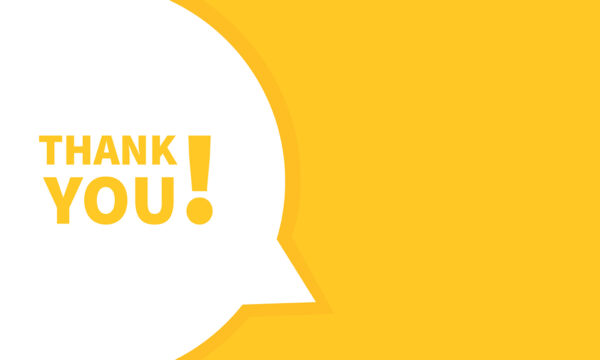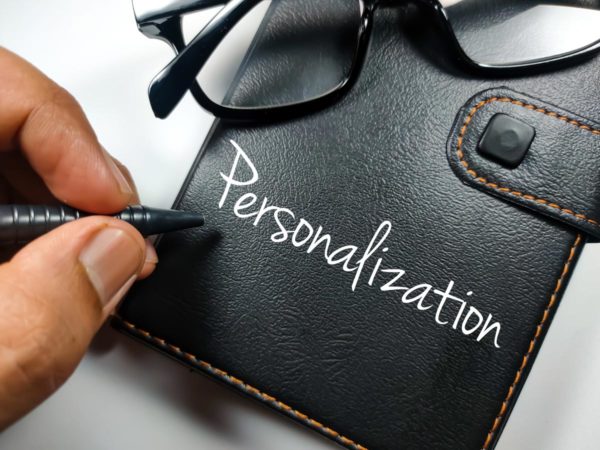Today I’m sharing a simple tool to stay in touch with your donors… an e-story.
What’s an e-story? It’s a reporting email for donors that’s short, simple, personal, and story-forward – written as though you couldn’t wait to share a story of success with a special donor.
I challenge you to write an e-story (maybe right now?!) and share it with your donors this summer!
Here’s the big idea: the email shares one story of success, one person your organization helped or one thing your organization accomplished.
And here’s a template (I guess it’s more of an outline) to get you started!
Dear <First Name>,
[Donor-focused gratitude statement – thank the donor for helping cause the outcomes of your organization’s work]
[Summary of problem donor helped to solve for one person or thing]
[Introduce story]
[“Before and after” story about a specific beneficiary. It should describe the “before” (what was happening that help was needed) and then describe the positive “after” that your work and the donor’s gift made possible.]
[Statement that makes it clear that the transformation from the “before” to the “after” would not have happened without the donor’s generosity]
[Warm, emotional closing thank you statement]
Signature
The whole thing is usually around 250 or 300 words. This keeps it short and easy to read.
Sending an e-story to your donors this summer will ensure you don’t “go dark” on your donors. And your donor will feel great knowing the incredible difference they made possible!








